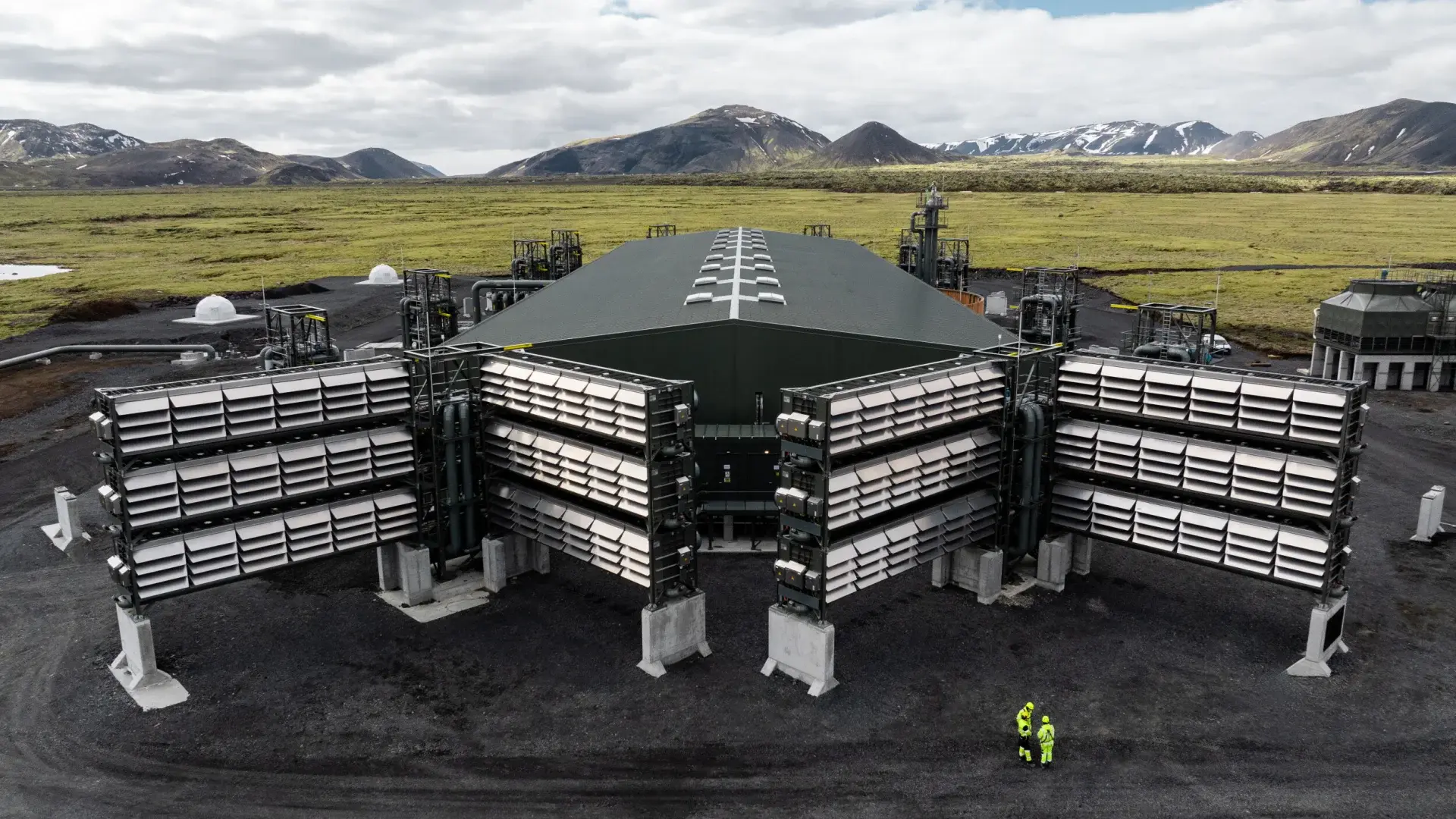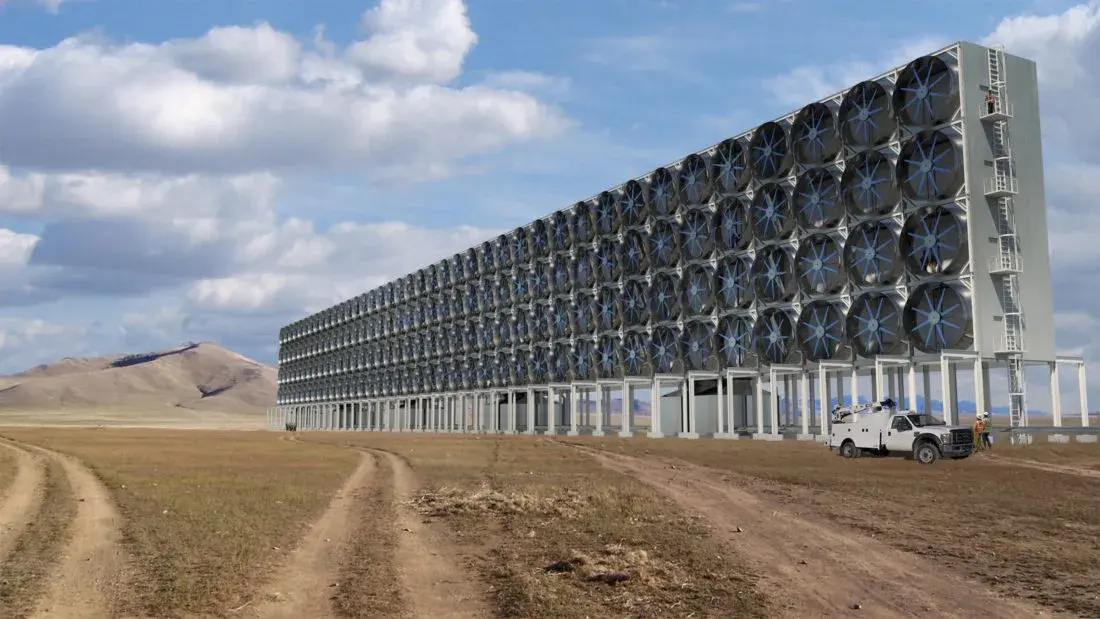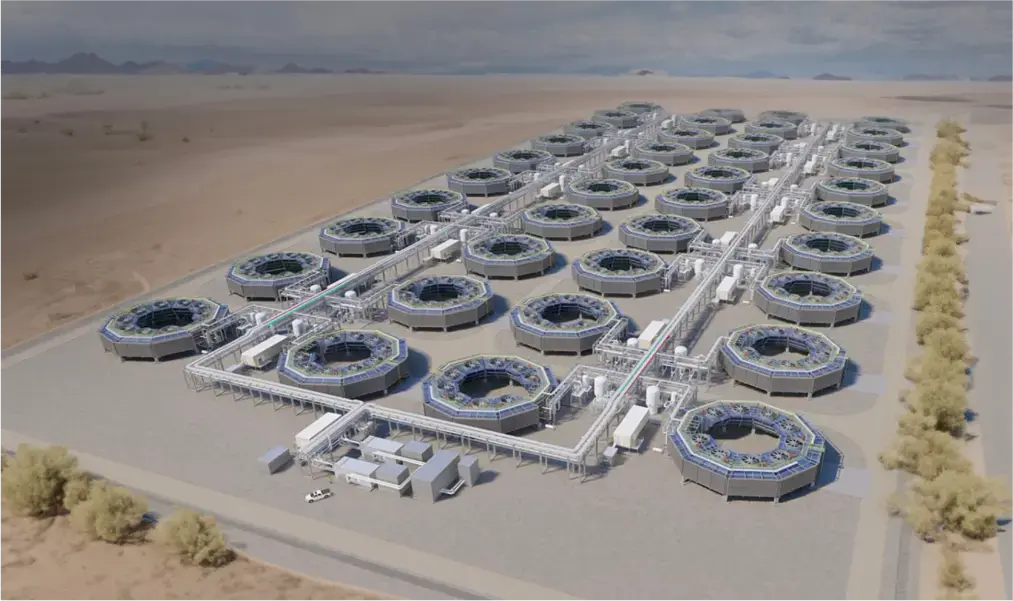How Carbon Removal Technologies Are Shaping Global Trade
Blending human technology with natural carbon absorption: carbon removal is poised to revolutionize trade and create a new industry to fight climate change.
In Switzerland and Iceland, Zurich based start-up Climeworks is quietly operating facilities that are on pace to remove about 37 thousand tons of carbon from the air directly each year. The company has some stiff and ancient competition. For hundreds of millions of years trees have been trading carbon for oxygen on earth. Could humans apply tree-like technology to scrub the carbon heavy earth atmosphere of excess CO2 built up over centuries? If it could work, how important would such an industry be? Could the long awaited carbon reduction economy actually be taking off? In 2020 The Economist predicted that by 2050 the emerging carbon capture and removal industry would force a radical change in trading patterns from China to North Africa, Tanzania to Chile. Climeworks may have taken a first step toward making that prediction come true. The latest 12-month streak of record-breaking temperatures indicates how dire a game of carbon catch-up we are playing.

The Big Three: Carbon Removal, Carbon Capture and BECCS (BioEneregy with Carbon Capture and Storage)
These three approaches to carbon mitigation are on potentially steep growth tracks. Carbon capture prevents new emissions from entering the atmosphere by stopping them at their source. Carbon removal, like Direct Air Capture (DAC), targets accumulated CO₂ already in the atmosphere. Bioenergy with Carbon Capture and Storage (BECCS) uses biological processes to extract carbon, then generates energy from the resulting biomass while safely storing the carbon.
Green plants naturally remove carbon dioxide (CO₂) through photosynthesis, with a significant portion of this removal attributed to tree planting and natural ecosystems. A report from the University of Oxford states that about 2 billion tons of CO₂ are removed annually, primarily through these natural methods. Human technologies like carbon capture and storage (CCS) contribute less than 0.1% to the total CO₂ removal. To meet the Paris Agreement’s goals, the world must increase CO₂ removal by at least seven times the current rate. Achieving this solely through tree planting would require an impractical amount of land, roughly equivalent to the size of China.
Carbon removal technologies act like giant artificial trees, extracting CO₂ directly from the air and then releasing it for disposal or use in industrial products. Climeworks projects that its capture technology can increase the human removal contribution to above 1% annually. While BECCS technology is still in its infancy and will take years to scale up significantly, most climate models assume it will become a major global industry by 2050.
The Need for Seeds to Grow the Carbon Removal Economy
According to the Intergovernmental Panel on Climate Change (IPCC), maintaining a liveable planet requires removal of around 10 gigatons of CO₂ annually by 2050. Achieving this means building an international system of incentives and subsidies to spur demand. The regulatory environment for carbon removal technologies is evolving rapidly. In the United States, the Chips and Science Act and the Inflation Reduction Act (IRA) have allocated billions for research, development, and land conservation. The Department of Energy’s $3.5 billion Direct Air Capture (DAC) and the 45Q tax credit, now worth $180 per ton of carbon, have incentivized capitalization of DAC technologies. At scale, the economic impacts could be huge and widely distributed. But without a high level of cooperation and consensus current CO₂ trends will only worsen.
Leading Innovators in Carbon Removal
Climeworks’ plants in Switzerland, Iceland and elsewhere use large fans to draw in ambient air, and direct it over structured sorbent materials, where CO₂ is captured. Once saturated, sorbent modules are then sealed and heated to release the captured CO₂. This pure CO₂ is then collected and stored underground or used in industrial applications, such as carbonating beverages or producing synthetic fuels. Climeworks uses renewable energy to power its operations, ensuring CO₂ capture does not add to greenhouse gas emissions. Its Generation 3 DAC technology doubles CO₂ capture capacity per module, extends material lifetime, while cutting costs and energy consumption by 50 percent.

Carbon Engineering, based in Canada converts captured CO₂ into synthetic fuels, known as air-to-fuels. This process creates carbon-neutral gasoline and diesel, usable in existing engines without modifications. Carbon Engineering repurposes materials and techniques from water treatment and chemical manufacturing to reduce costs.

Global Thermostat, headquartered in the United States also relies on sorbents to capture CO₂ from the atmosphere where it can be used in industrial applications or sequestered underground. One important innovation is the use of available waste heat at industrial sites to regenerate solid sorbents.

The Carbon Removal Value Chain
Sorbent materials, essential for binding CO₂, were a $49 billion market in 2022. Key exporters are China, the United States, and Germany. Adsorbents are chemical products used to bind and remove impurities in various processes. Activated Carbon is a highly porous carbon used in air purification, water treatment, and chemical processing.
Critical for drawing ambient air into DAC systems, air intake equipment was worth $39 billion in 2022 trading. Improved fan design, airflow dynamics, and energy recovery systems, will optimize future performance and efficiency to make adoption more attractive and drive global demand. Air Intake Units include Industrial Fans with motors under 125 W and Airflow Dynamics Equipment like compressors. These components are crucial for optimizing airflow and energy efficiency.
The components for carbon capture and removal are expected to realize a demand spike for the rest of this decade. Seamless iron and steel pipe to transport CO₂ had a global trade value of $4.48 billion in 2022. Advances in alloys and coatings enhance durability, reduce maintenance costs and drive demand for upgrades. High-quality storage tanks, valued at $4.65 billion in 2022, are vital for secure CO₂ storage.
Effective DAC systems require precise monitoring and control. The instrument export market for plant operations was valued at $6.18 billion in 2022. Planned advanced sensors and AI-driven analytics all forecast brisk upgrade demand for optimized reliability and performance.
The Future of Carbon Removal
Looking ahead, Climeworks' DAC technology will be deployed in the U.S. for the first time in Louisiana in 2026. Climeworks is also developing projects in Norway, Kenya, and Canada, anticipating gigaton capacity. Does carbon removal offer real hope in our defense against climate change and represent a significant pivot in global trade? There are tradeoffs and challenges to control costs, minimize energy consumption and balance environmental impacts yet enlightened support for these innovations can help build a sustainable future.
